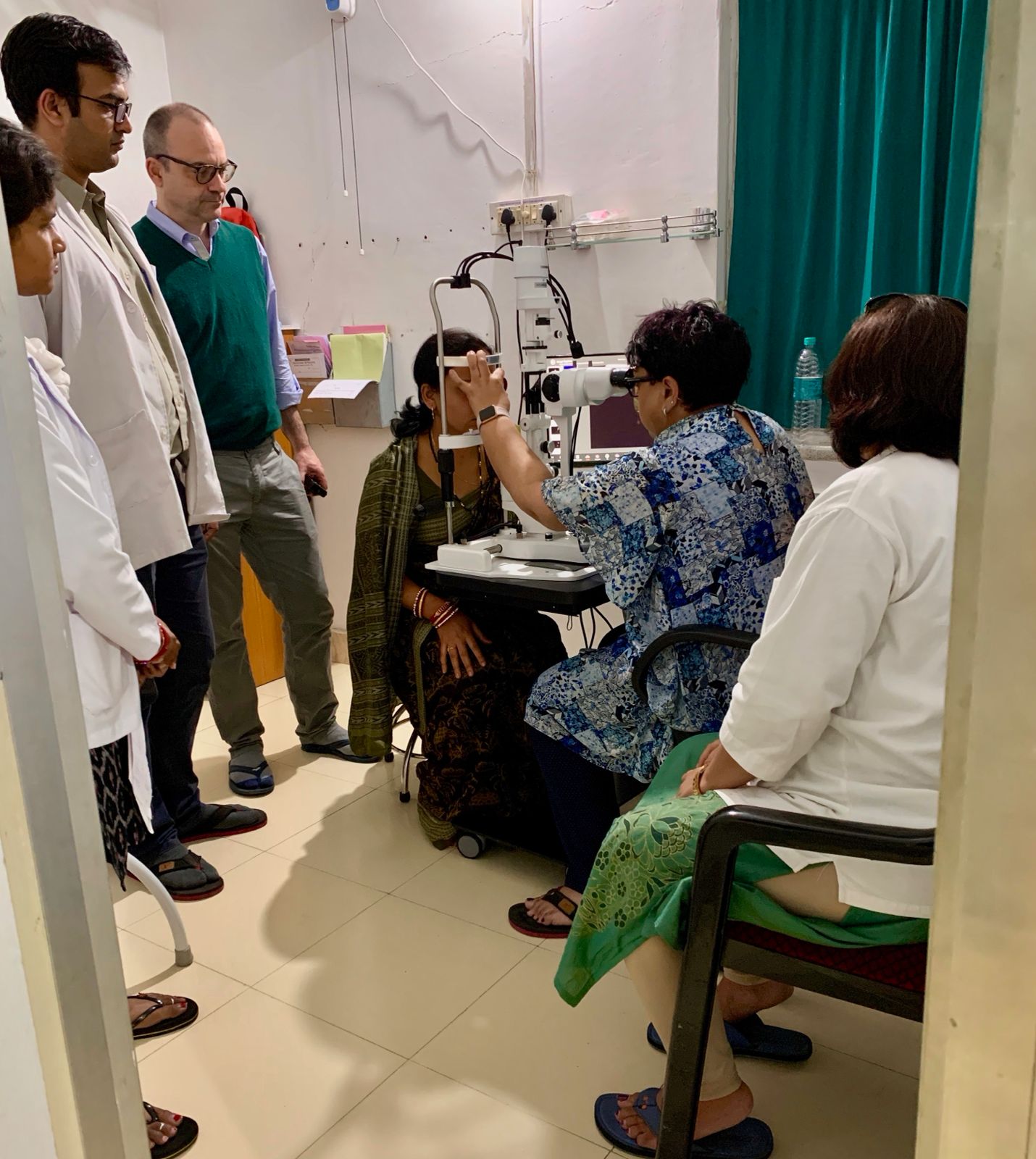To Book your Consultation Call or Whatsapp : +91 82470 84087
To Book your Consultation Call or Whatsapp : +91 82470 84087

Understanding your eye condition is the first step toward protecting your vision.
This section provides easy-to-follow educational materials; downloadable guides and instructional videos, created by Dr. Vanita Pathak-Ray to help you take charge of your eye health at home and during treatment.
Whether you’re newly diagnosed or managing glaucoma long term, these resources simplify complex information into clear, useful insights.
Explore free educational resources written by Dr. Ray to help patients and families better understand glaucoma and cataract management.
Understanding Glaucoma
A step-by-step overview of symptoms, diagnosis, types of glaucoma and treatment options.
Using Eye Drops Correctly
Illustrated guide for proper technique and hygiene.
Important Notes about your Glaucoma Diagnosis
A summary of the most important things to keep in mind about your Glaucoma diagnosis.
Post-Surgery Care Checklist
Instructions for safe recovery and follow-up.
Post-Surgery Care Checklist (Telugu)
Instructions for safe recovery and follow-up in Telugu.
Visual learning can make complex topics simple. Watch Dr. Pathak-Ray’s short educational videos that explain common procedures, awareness topics, and patient FAQs in clear, easy language.
There is no permanent cure, but early diagnosis and consistent treatment can stop or slow further vision loss. Many patients maintain navigable vision with lifelong care.
No. It’s performed under topical or local anesthesia, is painless, and usually takes less than 20 minutes.
Some may cause mild redness or irritation initially. Always inform your doctor if side effects persist — alternatives are often available.
The following is an approximate routine screening guideline. If there is a problem, then the eye doctor will guide you about the scheduled follow-up visit/s.
Children should have their eyes tested at birth; this is generally done by the attending Paediatrician.
Thereafter, another check between 6-12 months and again before starting school. One should not wait if there are any concerns related to the child’s vision.
Adults above 40 should have an eye examination every 12-24 months, even if they have no symptoms. If you have diabetes, hypertension, or a family history of glaucoma, more frequent check-ups are recommended.
A balanced diet rich in leafy greens, dark fruits and vegetables (e.g red cabbage, red grapes, papaya etc) omega-3 and 6, and vitamins A, C, and E supports eye health. Regular aerobic exercise also helps regulate eye pressure and overall circulation.
Learn simple, everyday steps to manage your condition safely at home.
How to Instill Eye Drops Correctly
Protecting Your Eyes After Surgery
Recognizing Early Warning Signs
What to Bring to Your Eye Check-up
These guides are designed to make glaucoma and cataract management part of your daily routine, not a challenge.
If you’d like to learn more about glaucoma, cataract, or advanced treatment options, reach out to schedule a consultation.